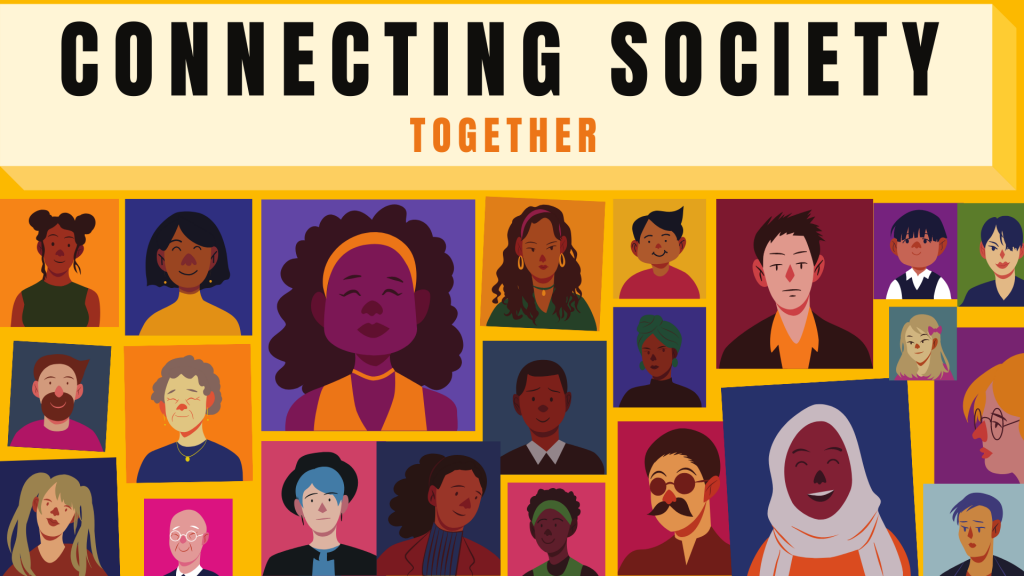Connecting Society Together

SYNC stands for Society, Youth and Neuroscience Connected. This is not just a catchy acronym; it truly reflects our mission: To bridge multiple levels of measurement to understand how young people develop into contributing members of society. All of society: regardless of origin, skin color, gender, education level, or sexual preference.
We are concerned about how the recent events of continuous violence and brutal deaths of Black people in the United States of America affect the wellbeing of Black youth and youth of color all over the world. We cannot ignore the fact that also in the Netherlands some of our Black youth are dealing with racism on a daily basis. Institutionalized racism exists here too. All of us at the SYNC lab believe that now is not a time of silence. We speak up against racism and we stand in solidarity with our Black colleagues, fellow Black scientists, and the Black community. As a research group we aim to work on providing the scientific building blocks needed to help shape a better future for the current and next generation of youth – all youth.
In order to make progress and enable equality, it is not enough to just “not be racist”, we must speak out and strive for anti-racist strategies. We want to use our platform to not only get a better understanding of the current protest situations and the wellbeing of Black youth and other minorities, but also share our knowledge on racism, White privilege and implicit biases. One way to do so is by looking into what we have learned from psychological research and neuroscience. Here we share some important psychological and neuroscientific factors that might influence our knowledge on racism. However, we acknowledge that making a statement and sharing our knowledge is not enough. We also want to make an effort to improve our own learning and practices, and provide some starting points below.
Identity
Racism is often defined as the prejudice, discrimination, or antagonism directed to a person based on the belief that your race is inherently superior of the other person’s race. Many people do not identify themselves as racists. It is important to acknowledge that racism is a complex phenomenon that should be seen as a continuum rather than a dichotomous construct. While most people agree that what happened to George Floyd is beyond all human understanding and that Black lives cannot be lost this way, a large part of our society still struggles to see the less overt and more subtle forms of racial inequality. Many people do not realize that their thoughts and actions may still contribute to the prejudiced system that threatens Black people. It is far more difficult to get united, speak up against and counteract those racial prejudices that are somewhere in the middle of the spectrum.
As we will explain below, such subtle forms of racial prejudices can be partially explained by psychological mechanisms that help us understand the world around us. During our lives, our brain processes a vast amount of information, and to help us quickly crunch through all of it, our brain often relies on shortcuts. For instance, one way to speed up our information processing is by sorting information into categories (e.g. a dog is an animal) and coupling this information with how we feel about a certain category. Below, we will explain how this quick-and-dirty brain processing can result in implicit biases and ingroup vs. outgroup thinking.
Implicit biases
Implicit bias is considered to be a rather automatic and unconscious process of associating attitudes towards people. Several studies indicate that on a group level White people show discrepancies between explicit attitudes towards other races and implicit racial prejudices. Most individuals are not aware that implicit biases can just be beneath the surface. However, these implicit racial biases may contribute to racial disparities in for instance health care settings or conflict situations. Neuroscience research showed that the amygdala, a region located deep in the brain, plays a role in implicit bias.Scientific studies have also shown that the brain is a flexible organ and new connections between brain regions can be made as a result of learning and to overcome prejudice. We can learn to be better.
Ingroup vs. outgroup
The second process is ingroup vs. outgroup thinking, a process of social categorization by putting some people in one group based on certain characteristics, such as race, and others in another group. While belonging to groups and understanding the world in terms of categories has several evolutionary and social advantages, it can also result in unwanted biases. People tend to have stronger positive feelings and special treatments for their ingroup members, while having negative feelings towards outgroup members. These processes are also driven by affective systems in the brain. Neuroscientific studies have shown that change requires effort but it is possible. The last couple of days people may have gotten the feeling that this all about Black vs. White, while in fact it is about everyone vs. racism.
As noted earlier, it is possible to overcome these biases: we can learn to do better. For a large part, this has to do with expanding our experiences beyond what we already know and learning from other perspectives. During our lives, we not only learn about categories and our attitudes towards them from our own experiences, but also from experiences of other people, and from what we encounter on TV or social media. Interestingly, then, as we will explain below, adolescents are the designated developmental group to teach us how to break down bias and expand our perspective.
Adolescence: a time of reflection and possibilities
During the past few days, you may have noticed that adolescents (of all ethnicities) make up a large portion of the individuals who actively stand in solidarity with the Black community – for instance by protesting on the streets. One of the main developmental tasks of adolescents is to form their own identity in an ever-changing social world. Interestingly, during this period, youngsters develop perspective taking skills that enable them to understand other people’s minds and consider perspectives that are different from their own.
Adolescents conform to social norms of the group they want to belong to, which helps them to develop their identity and each generation forms new norms. Two decades of developmental neuroscience have shown that the brain matures well into adolescence. Adolescence is a period of brain growth and specialization; it is a time of reflection; a phase were youngsters explore the world and form their identity. Most importantly: Adolescence is a period of hope.
We can learn from adolescence by taking the time for reflection, to demine what is important for us. To step out of our comfort zone and form new norms. We at the SYNC lab want to shape a better future for the current and next generation of youth. And what better way than to start with ourselves. Because the question is not if we can do better, but how we can do better.
How can we do better?
1. Inclusive research samples
Although we have made some steps to diversify our research samples, we recognize that we still have much to learn and improve. Therefore, we want to make an effort to make our samples more diverse and representative of the whole population. For this purpose, we will (1) pay more attention to all facets of diversity (i.e., origin, skin color, gender, education level, and sexual preference), and (2) align our recruitment strategy accordingly – choosing the appropriate channels to reach a diverse group of participants and minimize issues that may prevent certain sub-groups from participating.
2. Inclusive education and work environment
Another essential aspect of our work and responsibility involves education – whether it pertains to teaching our knowledge and skills to university students or to society more broadly, in the form of outreach or policy recommendations. We need to consider how to be more inclusive and supportive in the opportunities we provide to a wide arrange of students, what the most appropriate channels are for sharing our findings to reach all of society, and how we can make sure that policy recommendations do not exclude important sub-groups of our population. We are developing SMART rules to get there.
3. Include all voices
In all of these aforementioned activities (e.g. Research, Education, Outreach), we realize that it is not enough to try to understand what we could improve upon on our own. In all (the stages of) our activities, we need to hear other voices, to help us expand our view and understand what is important for all of society. That is the ultimate way to truly getsociety, youth and neuroscience connected.
Do you want to share your voice and help us in our effort? Contact our (faculty) diversity office (dendulk@essb.eur.nl | denktas@essb.eur.nl) or find out more on the diversity and inclusion page on the EUR website.
On behalf of the entire SYNC-lab;
Eveline Crone, Professor
Michelle Achterberg, post doc
Ilse van de Groep, PhD candidate
Kayla Green, research assistant
Philip Brandner, PhD candidate
Dorien Huijser, research assistant
Suzanne van de Groep, PhD candidate
Lina van Drunen, PhD candidate
Simone Dobbelaar, PhD candidate
Sophie Sweijen, research assistant
Andrik Becht, post doc
Renske van der Cruijsen, PhD candidate
Eduard Klapwijk, post doc
Jochem Spaans, PhD candidate
Contact
Erasmus University Rotterdam
Mandeville Building T13
Burgemeester Oudlaan 50
3062 PA Rotterdam, the Netherlands

